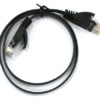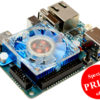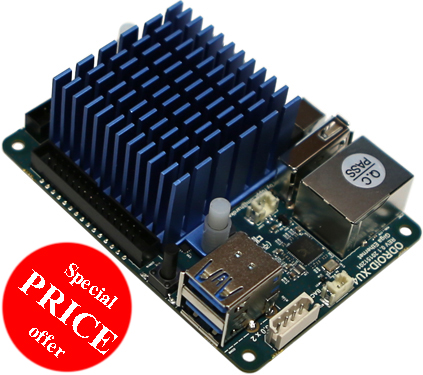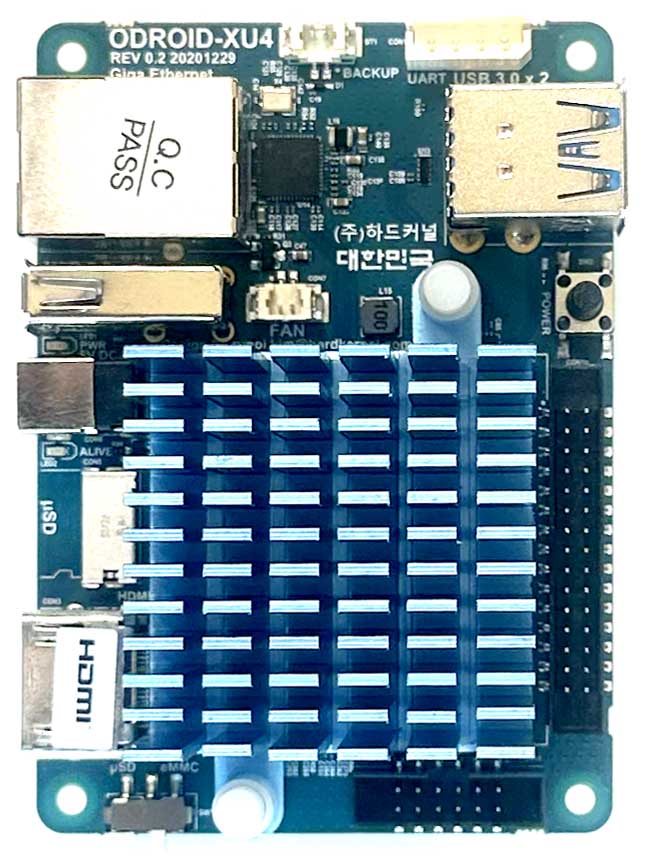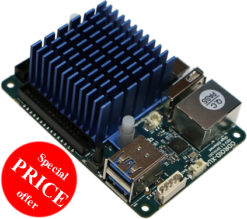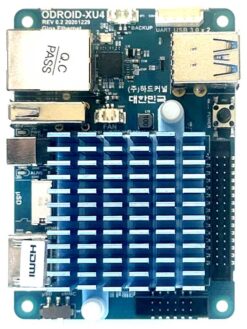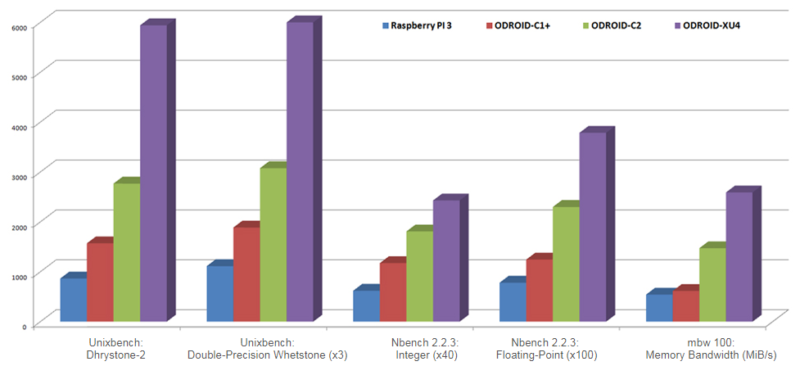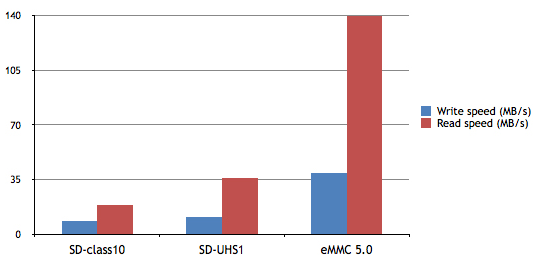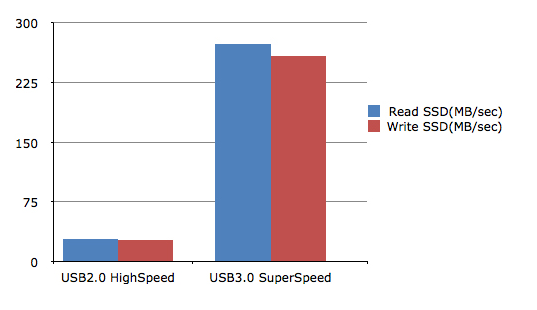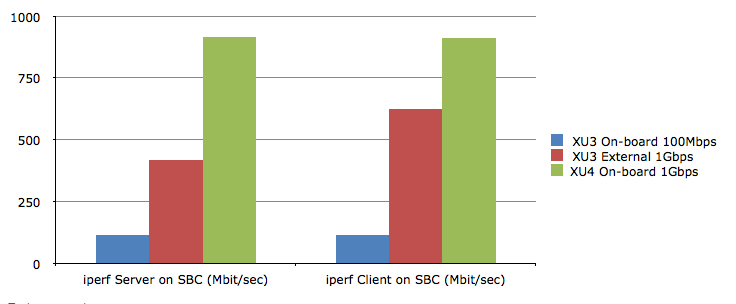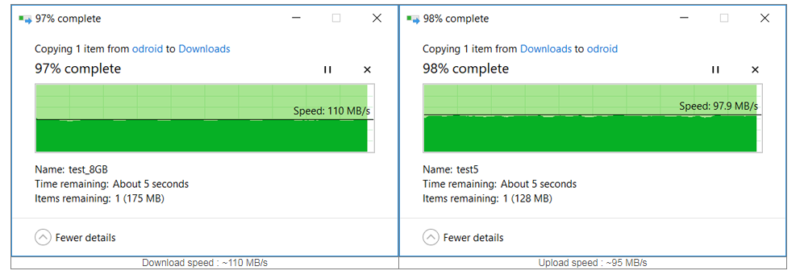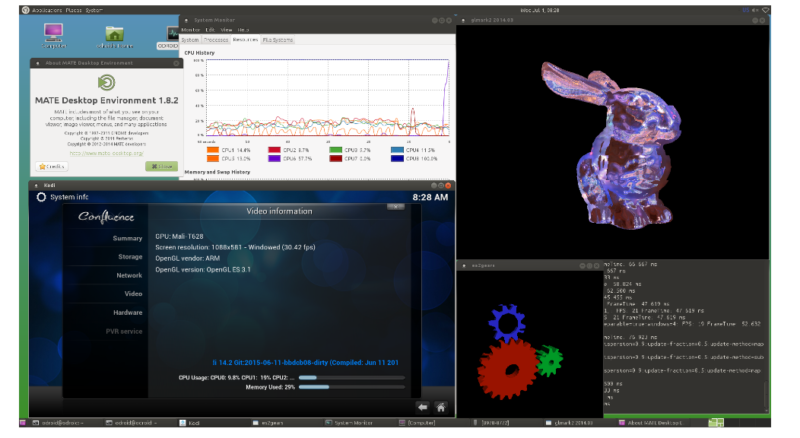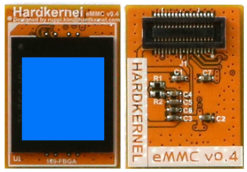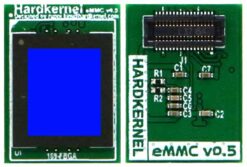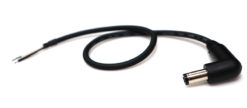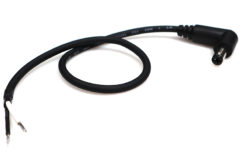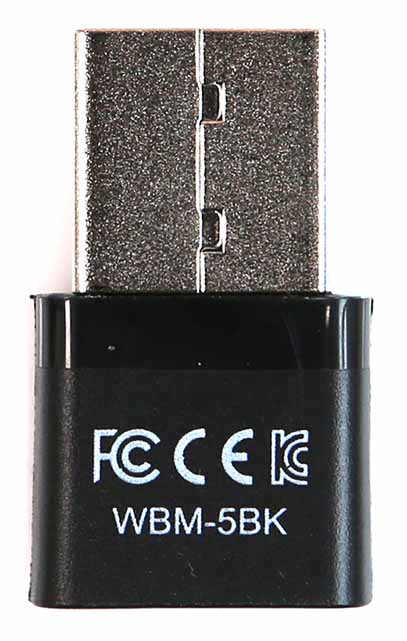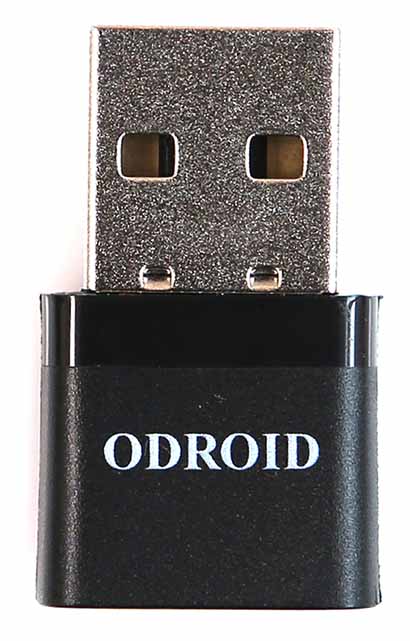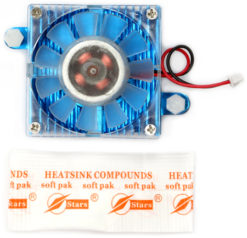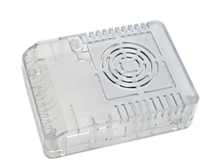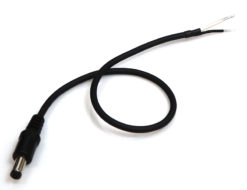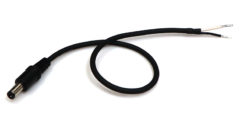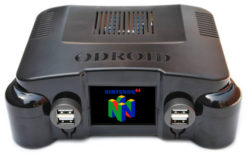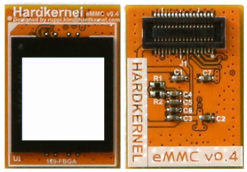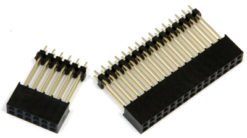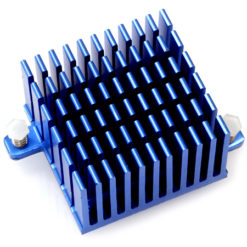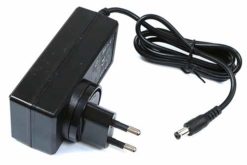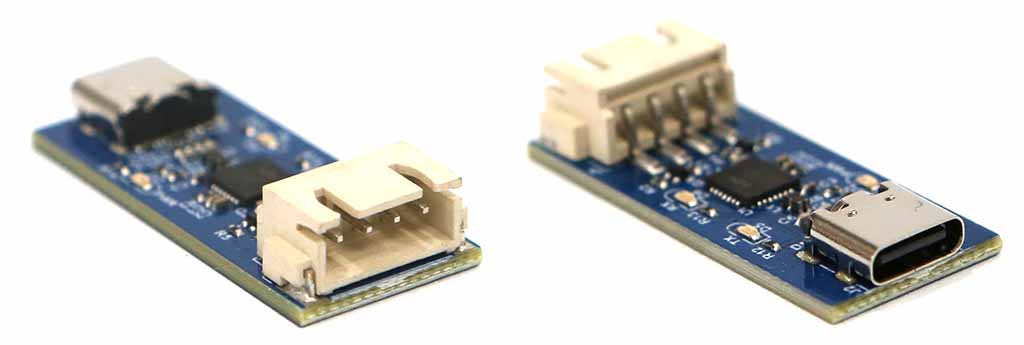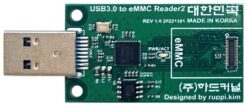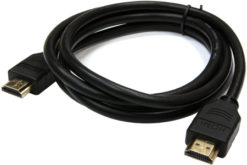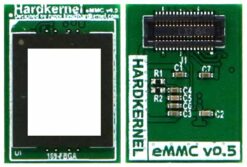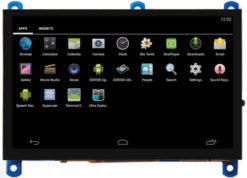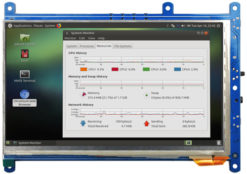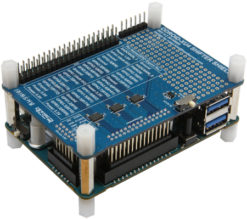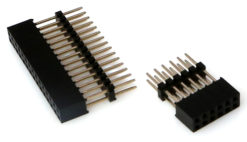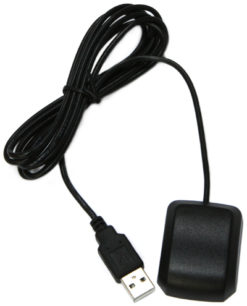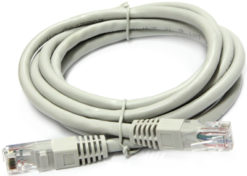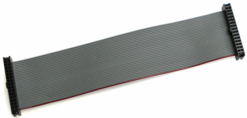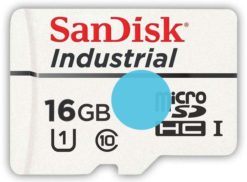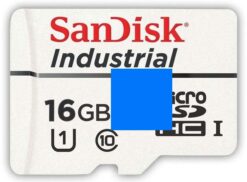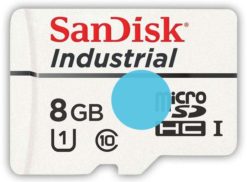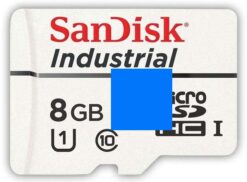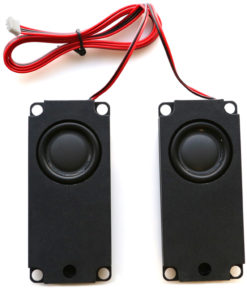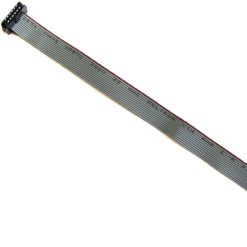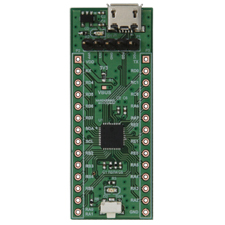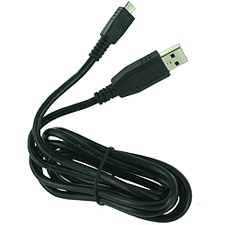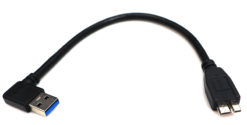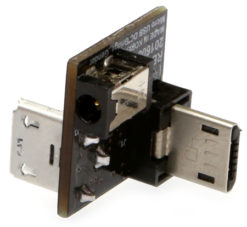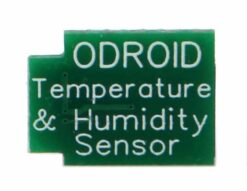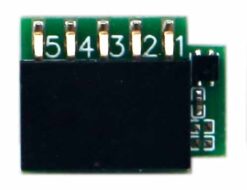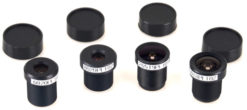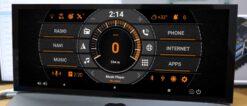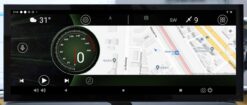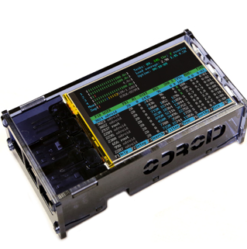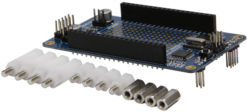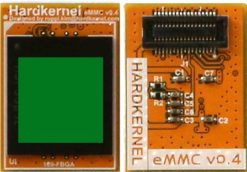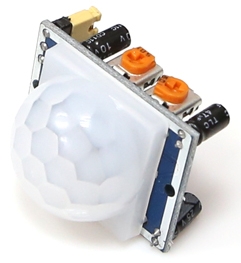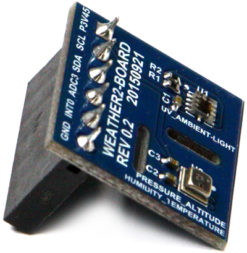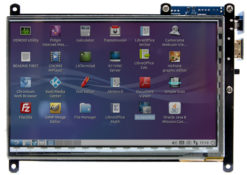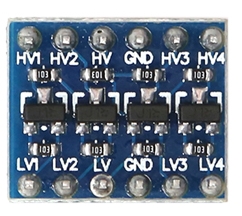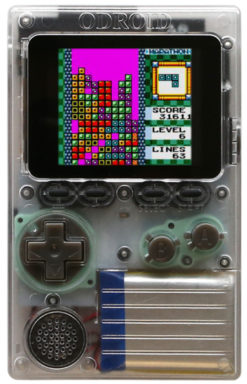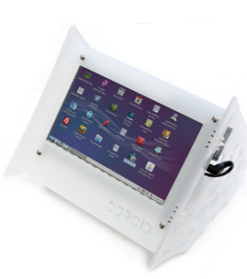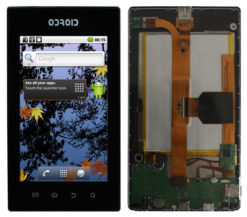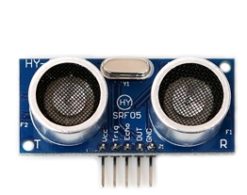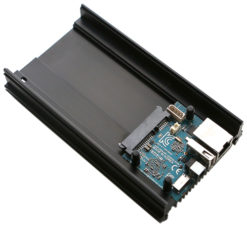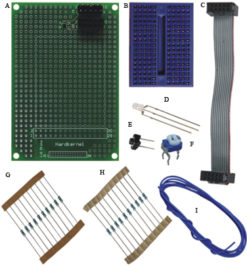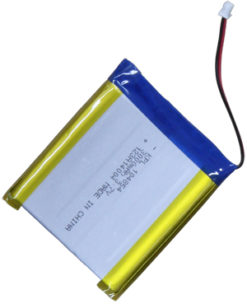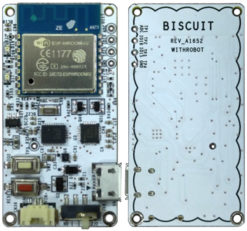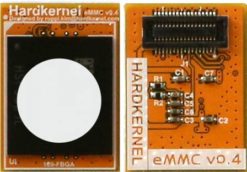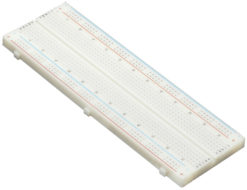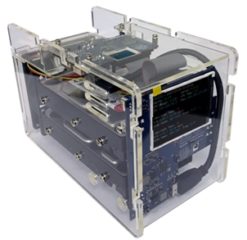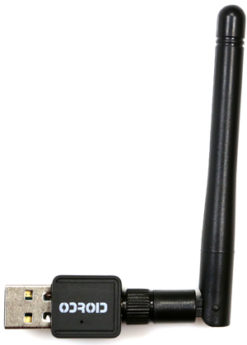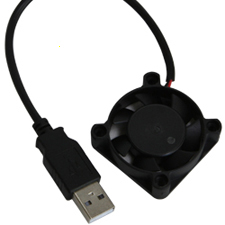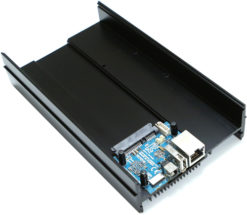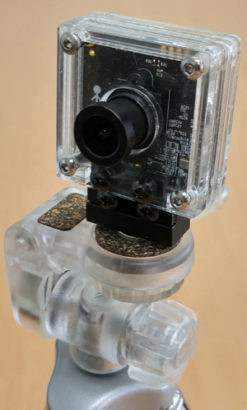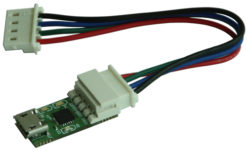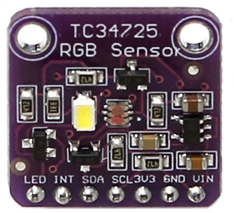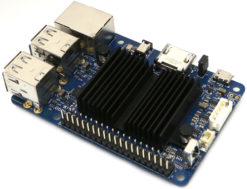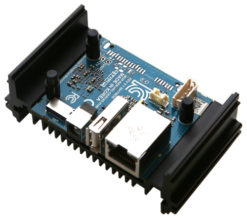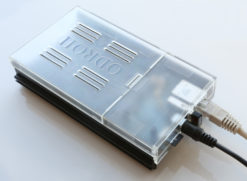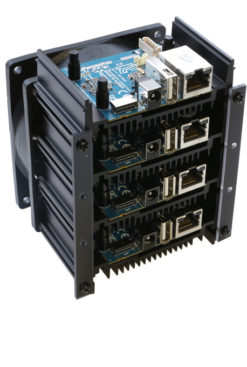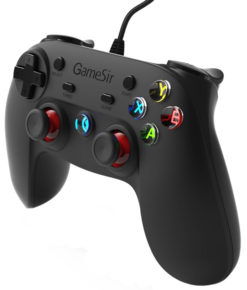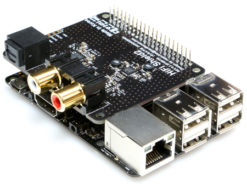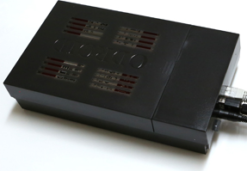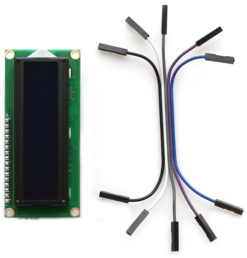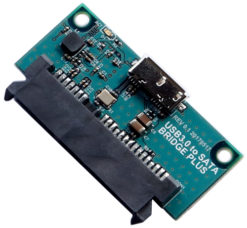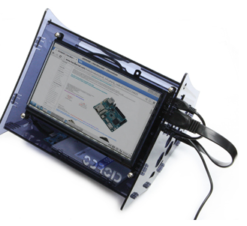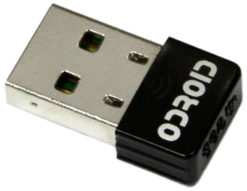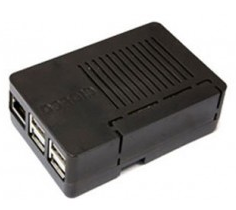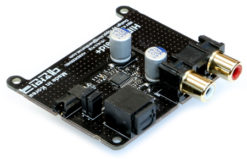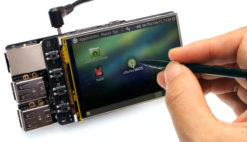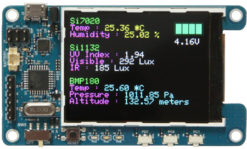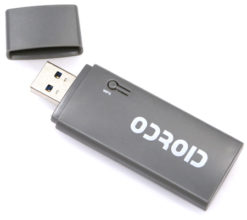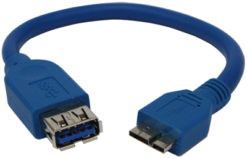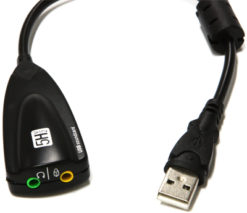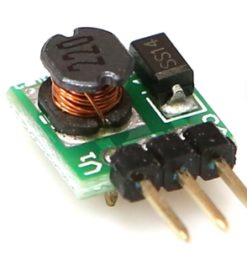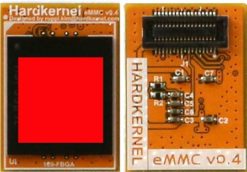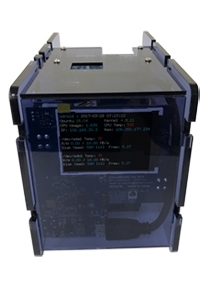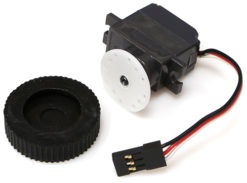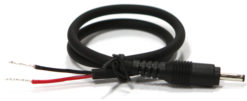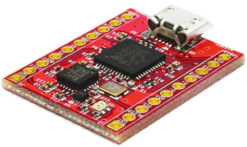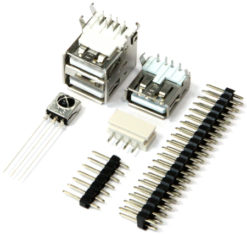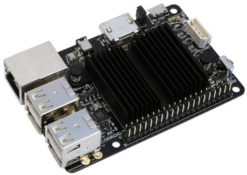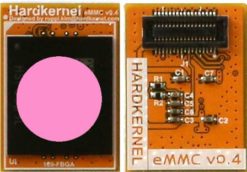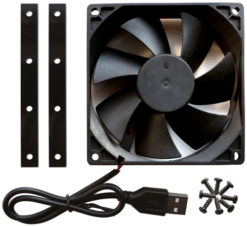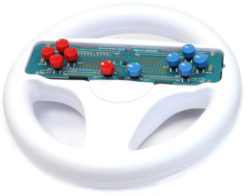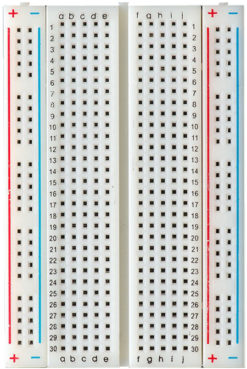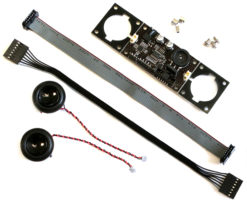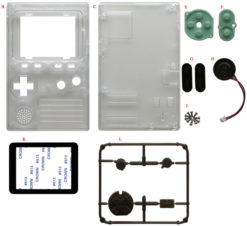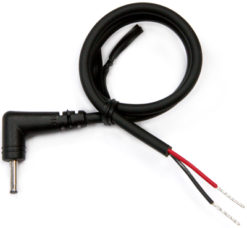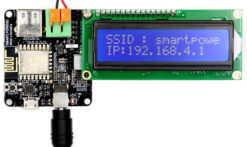ODROID-XU4Q Special Price
₩82,900 원래 가격: ₩82,900.₩71,600현재 가격: ₩71,600.
품절
ODROID-XU4Q
is powered by ARM® big.LITTLE™ technology, the Heterogeneous Multi-Processing (HMP) solution.
ODROID-XU4 is a new generation of computing device with more powerful, more energy-efficient hardware and a smaller form factor. Offering open source support, the board can run various flavors of Linux, including the latest Ubuntu 16.04 and Android 4.4 KitKat, 5.0 Lollipop and 7.1 Nougat.
By implementing the eMMC 5.0, USB 3.0 and Gigabit Ethernet interfaces, the ODROID-XU4 boasts amazing data transfer speeds, a feature that is increasingly required to support advanced processing power on ARM devices.
This allows users to truly experience an upgrade in computing, especially with faster booting, web browsing, networking, and 3D games.
* Samsung Exynos5422 Cortex™-A15 2Ghz and Cortex™-A7 Octa core CPUs
* Mali-T628 MP6(OpenGL ES 3.1/2.0/1.1 and OpenCL 1.2 Full profile)
* 2Gbyte LPDDR3 RAM PoP stacked
* eMMC5.0 HS400 Flash Storage
* 2 x USB 3.0 Host, 1 x USB 2.0 Host
* Gigabit Ethernet port
* HDMI 1.4a for display
* Size : 83 x 58 x 20 mm approx.(excluding cooler)
* Power: 5V/4A input
* Linux Kernel 4.14 LTS
* We guarantee the production of XU4Q to the end of 2022, but expect to continue production long after.
User Manual is available.
http://magazine.odroid.com/odroid-xu4/
Package include
– ODROID-XU4 Board
– Active cooling fan / Passive cooler(XU4Q) mounted
A MicroSD card or an eMMC module is required to boot the OS. We strongly recommend an eMMC module for faster OS booting, quicker application launching, seamless multi-tasking and efficient access to the cloud.
NOTE:
1. The active cooling fan is mounted on the XU4 board by default. It spins only when the CPU load is high and the temperature of the CPU hits a minimum threshold temperature. Like most fans, a slight hum can be expected when active. The cooling fan is subject to be changed without notice.
2. The passive tall-blue-heat-sink mounted on XU4Q is too tall to use the XU4 shifter shield and some other add-on shield.
CPU/RAM PERFORMANCE
We ran several benchmarks to measure the computing power on the XU4. The same tests were performed on the Raspberry Pi 3 Model B, ODROID-C1+, ODROID-C2 and ODROID-XU4.
The values of the test results were scaled uniformly for comparison purposes. The computing power of the XU4 was measured to be ~7 times faster than the latest Raspberry Pi 3 thanks to the 2Ghz Cortex-A15 cores and much higher 64bit memory bandwidth. Using the XU4 as a computer provides a “desktop like” experience, unlike the sluggish performance of most single-board computers!
Particularly for developers, compiling code on the XU4 is super fast. The high-performance 2GB DDR3 RAM is an additional advantage allowing most programs to be compiled directly on the XU4.
| Benchmarks (Index Score) | Raspberry Pi 3 | ODROID-C1+ | ODROID-C2 | ODROID-XU4 |
| Unixbench: Dhrystone-2 | 865.4 | 1571.6 | 2768.2 | 5941.4 |
| Unixbench: Double-Precision Whetstone (x3) | 1113 | 1887.3 | 3076.8 | 6186.3 |
| Nbench 2.2.3: Integer (x40) | 619.92 | 1173.6 | 1808.92 | 2430.52 |
| Nbench 2.2.3: Floating-Point (x100) | 781.8 | 1245.3 | 2300.3 | 3787.3 |
| mbw100: Memory Bandwidth (MiB/s) | 542.912 | 616.339 | 1472.856 | 2591.461 |
SD/eMMC PERFORMANCE
The XU4 can boot from a MicroSD card or an eMMC module. An easy-access hardware switch is provided to select the boot interface (MicroSD/eMMC). The MicroSD interface supports the higher performance UHS-1 mode as well.
File access of a 512MB file (read/write) on three different storage options shows distinct performance differences.
The eMMC 5.0 storage is ~7x faster than the MicroSD Class-10 card in read tests. The MicroSD UHS-1 card is ~2x faster than the MicroSD Class-10 card in read tests. The MicroSD UHS-1 card provides a great low-cost option for many applications!
Write command
dd if=/dev/zero of=test oflag=direct bs=8M count=64
Read command
dd if=test of=/dev/null iflag=direct bs=8M
Following eMMC 5.0 test was done with 16GB model.
8GB model is slower than 16GB.
| SD-class10 | SD-UHS1 | eMMC 5.0 | |
| Write speed (MB/s) | 8.5 | 10.8 | 39.3 |
| Read speed (MB/s) | 18.9 | 35.9 | 140 |
USB 3.0 PERFORMANCE
The XU4 has two standard-sized USB 3.0 SuperSpeed host ports. To measure the USB 3.0 performance, we connected an SSD via a USB-SATA bridge JMS567. We used the Samsung SSD 850 PRO 256GB model for this test.
USB 3.0 access speed is ~10x faster than USB 2.0 on the XU4!
| USB storage performance | Read SSD(MB/sec) | Write SSD(MB/sec) |
| USB2.0 HighSpeed | 27.6 | 26.2 |
| USB3.0 SuperSpeed | 273 | 258 |
ETHERNET PERFORMANCE
The XU4 has an on-board Gigabit Ethernet controller. Our bi-directional streaming speed was measured at ~910 Mbps.
Thanks to the advanced technology of the RTL8153 controller, the XU4’s Ethernet controller easily outperforms the connectivity solutions of prior generations.
Test command
Server mode : iperf -s
Client Mode : iperf -c [ip address] -P 10 -W 32k
| Ethernet performance | XU3 On-board 100Mbps | XU3 External 1Gbps | XU4 On-board 1Gbps |
| iperf Server on SBC (Mbit/sec) | 114.0 | 419 | 915.0 |
| iperf Client on SBC (Mbit/sec) | 114.0 | 625 | 911.0 |
NETWORK STORAGE PERFORMANCE
These days, network storage applications like NAS and cloud services are popular. We ran the famous OMV (Open Media Vault) OS on the XU4 to measure network storage performance.
Very affordable Seagate external 8TB HDD was connected to the XU4 via a USB 3.0 port. The Gigabit Ethernet port was connected to a Windows 10 PC via a simple switching hub.
We copied a big 8GB file from the XU4 to the PC via a Samba connection.
This resulted in a download speed of ~110MB/sec. The upload speed was measured at ~95MB/sec.
The transfer speed is very close to the high-end commercial NAS product in the market.
The XU4 is a great solution to make a DIY personal Network Storage Server!
Heterogeneous Multi-Processing (HMP) solution
The ODROID-XU4, equipped with four big cores (ARM® Cortex® -A15™ up to 2.0GHz) and four small cores (ARM® Cortex® -A7™ up to 1.4 GHz), provides improved processing capabilities while maintaining the most efficient power consumption available. With the big.LITTLE™ HMP solution, the Exynos-5422 can utilize a maximum of all eight cores to manage computationally intensive tasks.
OpenGL ES 3.0 and OpenCL 1.2 for Linux and Android platforms
The ARM® Mali™-T628 MP6 GPU offers key API support for OpenGL ES 1.1, OpenGL ES 2.0 and OpenGL ES 3.0, OpenCL 1.2 Full Profile and Google RenderScript. Mali-T628 is the GPU of choice for use in the next generation of market-leading devices, optimized to bring breathtaking graphical displays to consumer applications such as 3D graphics, visual computing, augmented reality, procedural texture generation and voice recognition. You can download the full featured OpenGL ES and OpenCL SDK from ARM Mali Developer website. It’s free!
This screen-shot shows OpenGL-ES applications and the Kodi media player with Ubuntu Mate desktop on the HMP enabled Kernel.
Mainline Kernel boots
The latest Linux Kernel 4.14 LTS runs on the XU4.
Check the latest news on this sub-forum.
http://forum.odroid.com/viewforum.php?f=146
INTRODUCTION VIDEOS
ODROID-XU4 Getting Started
ODROID-XU4 Hardware Introduction
Diablo on ODROID-XU4
Ubuntu 15.04 (Vivid Vervet) with MATE desktop
Web Browsing and XMBC on Linux
Robot OS : OpenNI and OpenCV
Make 42inch Tablet
Android Portrait Mode
Video Surveillance System
GameStation Turbo for ODROID-XU4
SPECIFICATIONS
| Processor | Samsung Exynos5422 ARM® Cortex™-A15 Quad 2.0GHz/Cortex™-A7 Quad 1.4GHz |
| Memory | 2Gbyte LPDDR3 RAM PoP (750Mhz, 12GB/s memory bandwidth, 2x32bit bus) |
| 3D Accelerator | Mali™-T628 MP6 OpenGL ES 3.1 / 3.0 / 2.0 / 1.1 and OpenCL 1.2 Full profile |
| Audio | HDMI Digital audio output. Optional USB sound card |
| USB3.0 Host | SuperSpeed USB standard A type connector x 2 port |
| USB2.0 Host | HighSpeed USB standard A type connector x 1 port |
| Display | HDMI 1.4a with a Type-A connector |
| Storage (Option) | eMMC module socket : eMMC 5.0 Flash Storage (up to 64GByte) MicroSD Card Slot (up to 128GByte) |
| Fast Ethernet LAN | 10/100/1000Mbps Ethernet with RJ-45 Jack ( Auto-MDIX support) |
| WiFi (Option) | USB IEEE 802.11 ac/b/g/n 1T1R WLAN with Antenna (External USB adapter) |
| HDD/SSD SATA interface (Optional) | SuperSpeed USB (USB 3.0) to Serial ATA3 adapter for 2.5″/3.5″ HDD and SSD storage |
| Power Input | 4.8Volt~5.2Volt (5V/4A Power supply is recommended) |
| System Software | Ubuntu 16.04 + OpenGL ES + OpenCL on Linux Kernel 4.14 LTS Android 4.4.2 on Kernel LTS 3.10 Android 7.1 is available as a community driven OS development. Full source code is accessible via our Github. |
| Size | 83 x 58 x 20 mm (weight: 38gram) without cooler approx. |
Compatible Products
연관 상품
Obsolete Products
Obsolete Products
Obsolete Products
Obsolete Products
Obsolete Products
(DISCONTINUED)ODROID-VU7A Plus: 7inch HDMI display with Multi-touch and Audio capability
Obsolete Products
Obsolete Products
Obsolete Products

 English
English
